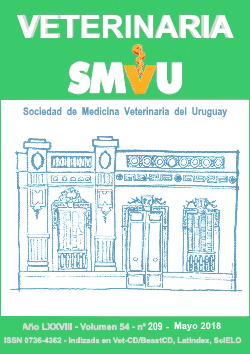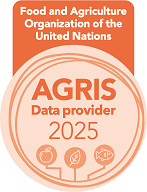Oportunities and challenges for the silvopastoral systems in Uruguay
Keywords:
Animal welfare, Ecosystem services, Integrated systems, Profitability, SynergyAbstract
Silvopastoral systems constitute a modality of agroforestry based on the integrated production between trees, forage plants and ruminants. When these systems are well planned and conducted, they allow to exploit the synergies between its components, providing economic benefits, better animal welfare and the provision of environmental services. The presence of tree covers increases humidity and allows a smaller thermal variation of both air and soil, conditions that improve the microclimate for the growth of forage plants and animals. Most of the tree crops established in Uruguay are constituted by high density plantations, destined for pulp or solid wood production, conditions that restrict the quantity and quality of photosynthetically active radiation available for the understory environment. Therefore, there is no satisfactory forage production over the years, which determines that the system integration with livestock be only temporary. The objective of this review is to present the knowledge generated in silvopastoral systems that have been established in Uruguay, its critical aspects, international experiences and the opportunities and challenges for research and technology transfer in our country. We highlight the need to create systems planned jointly with the recipients of this technology and other research and development institutions, in order to evaluate the different components and their interactions in the long term, as well as to determine their productive and economic impact at farm and region scale, and properly assessing the environmental impacts.











